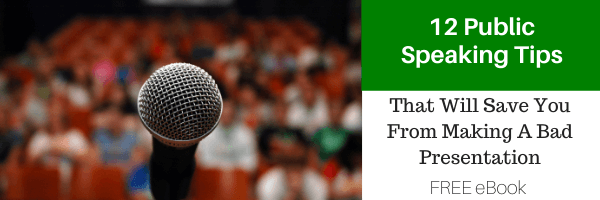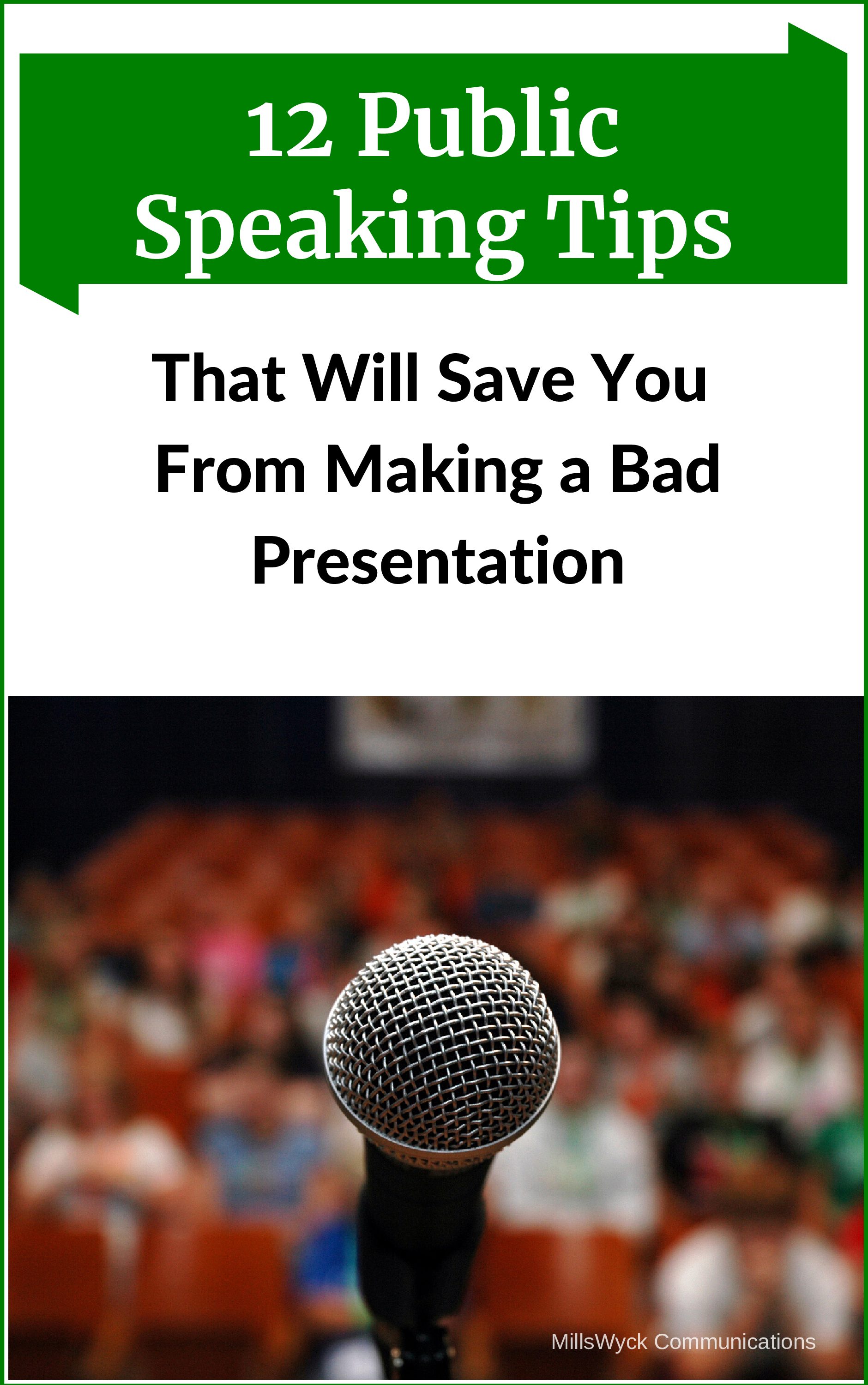I’ve been on the road a lot lately. I love to travel for the following reasons:
- I love to fly (I’m a pilot – the only thing I don’t like about flying is being in the back of the plane. I much prefer the cockpit).
- It means I’m either getting paid or having fun.
- I meet lots of interesting people.
- I catch up on reading (and sometimes sleep).
There are good reasons I don’t like travel:
- I rarely get to follow up with the people I train in remote locations.
- I miss my family.
- It’s tough to eat well on the road.
- It’s physically and mentally demanding.
But traveling affords a speech coach a grand opportunity to notice the world of communication. There are so many good (and bad) techniques to notice.
One communication challenge most of us face is how to make a mundane message stand out and get noticed. The flight attendants have to give the same message (really, they have to: it’s a law, CFR 121.571) on smoking, seat belts, emergency exits, flotation devices (I’m flying to KANSAS, do I really expect my seat cushion to help?!), and oxygen systems. It takes about two flights and you can give the speech yourself. How can you possibly make people pay attention and, more importantly, comply with the regulations and survive an emergency? Here’s one way.
The Opposite Test
I recently graded about 90 videos for my students from a couple of MBA programs where I teach communication skills. The directions were very similar – produce a short video describing why I should take note of your skills or hire you. This is a message that every entrepreneur or employee, all parents, most friends, and much of society needs to master. After about 10 videos, they all began to sound alike. Oh sure, the faces and accents and cadences were different. But the core message was blah, blah, blah, I’m great, blah, blah, blah. But there were a few that were… different. And I remember them.
Which brings us to an important litmus test in communication. Guy Kawasaki calls it The Opposite Test. First, ask yourself, “What is your competition saying?” Then compare what you say to the common message. If everyone else is saying the same thing, then you repeating that message is NOT going to stand out. You are one voice in a sea of sameness.
I remember once a dear friend confided in me that his marriage was headed for a dismal end. There was reason – infidelity and a temporary situation that didn’t lend itself to developing intimacy. In that tough conversation, I advised him to stick with his wife. He did, and told me later that I was the only person that told him to stick it out. Everyone else said, “You deserve better! Leave her!” I’m certainly no marriage counselor, and “stick it out” is trite advice that bears significant soul searching and probably professional help. But the communication lesson is hard to miss. If you’re the one voice that people remember – the one that stands out – you have an advantage in getting people to respond to you.
One message we give that differs from most other speech coaches is in the area of confidence. While most people promise to make you confident, we most assuredly do not. In fact, I say that you probably SHOULD be nervous with a high-stakes presentation. But we turn the tables and say we can make you COMPETENT. Which would you rather be? Good and nervous? Or bad and completely at ease?
The choice is yours.
Communication matters. What are you saying?
This article was published in the November 2015 edition of our monthly speaking tips email, Communication Matters. Have speaking tips like these delivered straight to your inbox every month. Sign up today and receive our FREE download, “Twelve Tips that will Save You from Making a Bad Presentation.” You can unsubscribe at any time.



